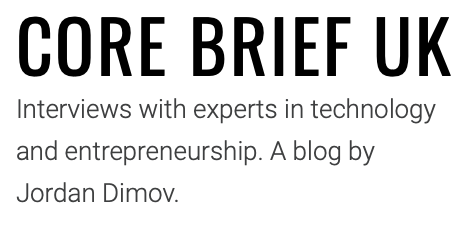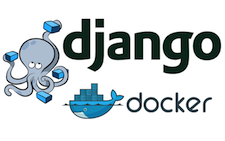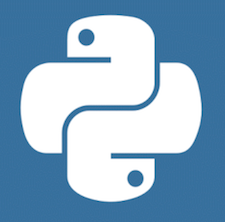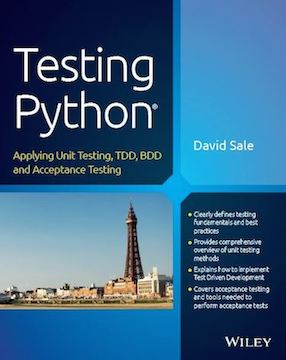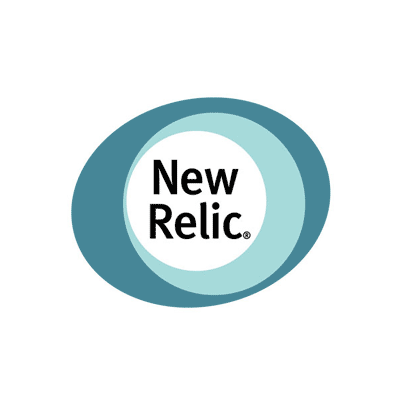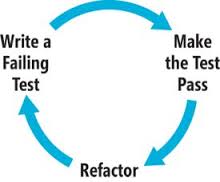About Me
David Sale is a passionate agile Senior Software
Developer. Developing clean, test driven code in Java and Python. An avid reader, writer and blogger of
programming, software development processes and tech in general.
This passion to inspire and write about these technologies has enabled the delivery of
numerous articles, presentations and more recently a book, over the last few years.
This website aims to showcase these works in one place, and provide an easy way for you to contact David,
should you find his work suitable for your next project. He is always keen
to hear of exciting customer centric projects and opportunities, learning new skills and sharing his knowledge with
others along the way.

